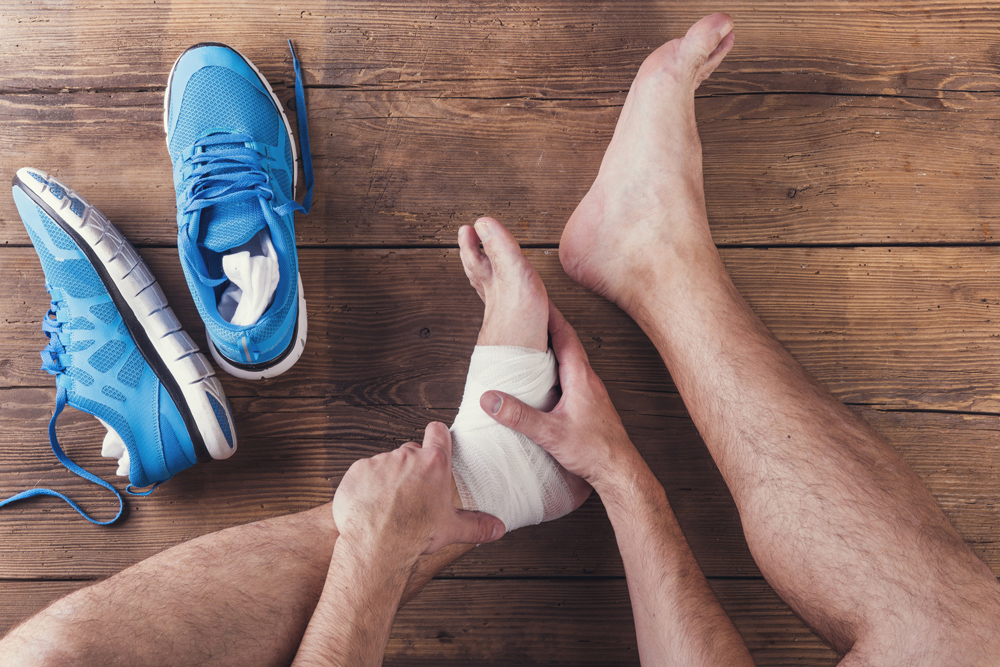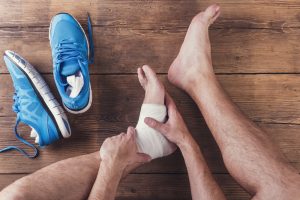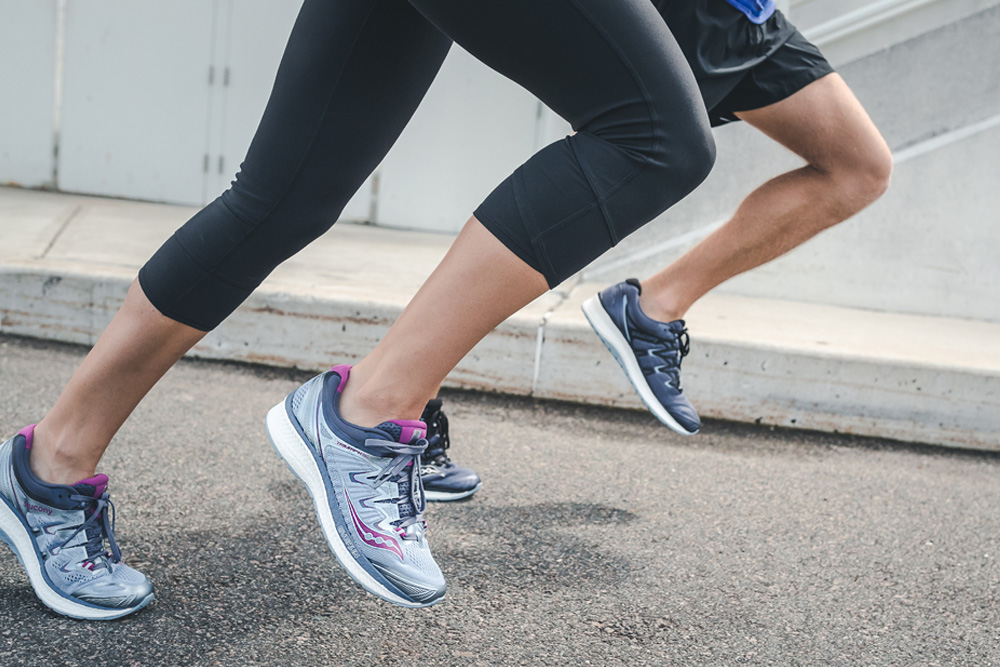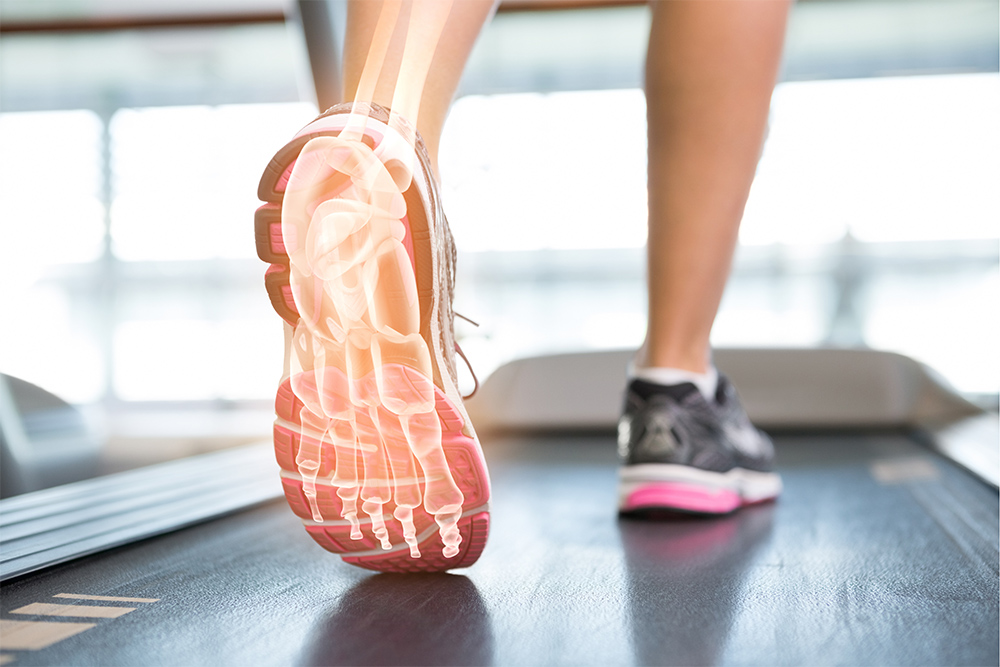
 With many major endurance running events slowly restarting across the country (COVID-dependant, of course), it’s a timely reminder to think about how these types of events – and your training leading up to them – may impact our foot health.
With many major endurance running events slowly restarting across the country (COVID-dependant, of course), it’s a timely reminder to think about how these types of events – and your training leading up to them – may impact our foot health.
The last thing you need is to sustain an injury, or have a dull ache turn into an excruciating pain that limits your ability to perform – or even compete.
Running places much greater stresses on the lower limbs than walking, with as much as 3-4 times the force travelling through the feet when your heels first touch the ground. Combine this with the strenuous demands of a running program for a half or full marathon and you have the perfect environment for overuse injuries to arise (injuries that start from repetitive high demands on the muscles and tissues).
Research from My FootDr revealed that Australians still have a lot to answer for when it comes to their foot health. Heel or arch pain was found to be one of the most common foot conditions experienced, with one third (35%) of those surveyed experiencing it in the last 12 months. 53% had experienced foot pain after exercise in the same period.
Some of the more common types of running injuries that we see and treat here at My FootDr includes heel and arch pain, forefoot pain, pain around the inside and outsides of the ankles, Achilles and calf muscle pain, shin splints, and knee pain.
We work with many people, from recreational runners to those training for their first half marathon, to professional runners, to care for them by helping them prevent aches and injuries before they start. These people often have no symptoms, with the goal to keep them this way. If they have only mild occasional discomfort, the goal is to prevent the symptoms from worsening and resolve them completely.
Our podiatrists are experts in comprehensively assessing the lower limbs, as well as your precise foot biomechanics, as they relate to your walking and running. Your podiatrist will also be able to provide footwear advice as well as check the condition and function of your current trainers whilst running. This is always combined with a muscle strength and flexibility assessment, foot posture assessment, tests that check the range of motion through the joints in your feet and legs, and a complete gait analysis including a running treadmill assessment.
If these tests show areas that aren’t functioning efficiently and can be improved, a treatment plan is then uniquely created, which may consist of anything from:
- Massage and trigger point therapy
- Stretching and strengthening program
- Footwear advice
- Custom foot orthotics
- Strapping or bracing
- Shockwave or other rehabilitation therapies
The ultimate aim of an assessment and treatment plan is to keep you active and running with minimal pain or interruption to your lifestyle.
If you are interested in seeing if there are any areas that can be improved in relation to your running and biomechanics get in touch with us today by calling 1800 FOOTDR or book an appointment online.





